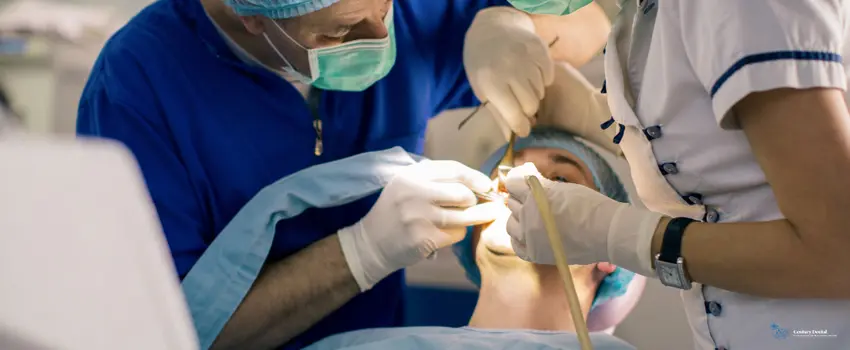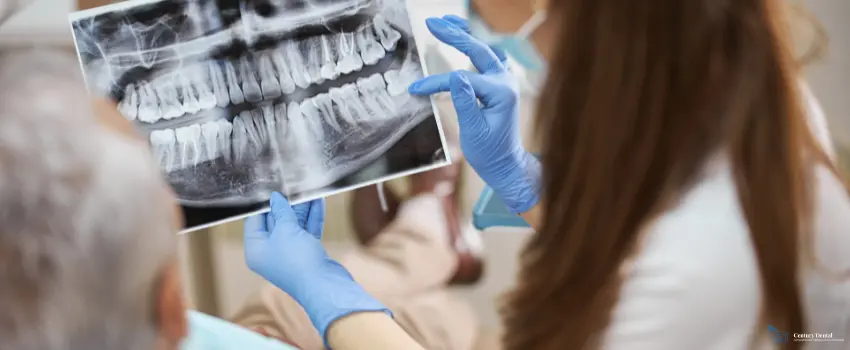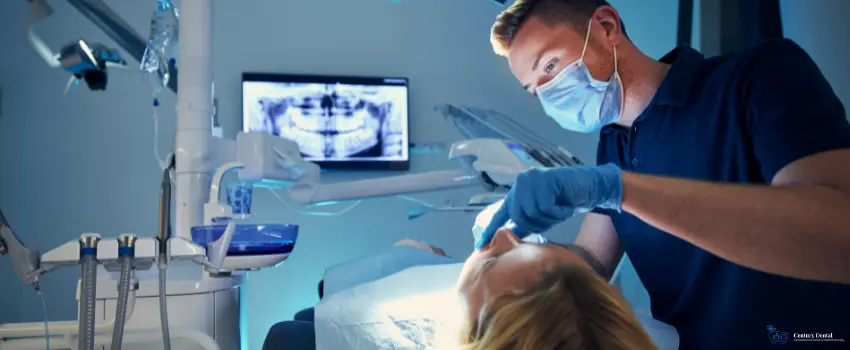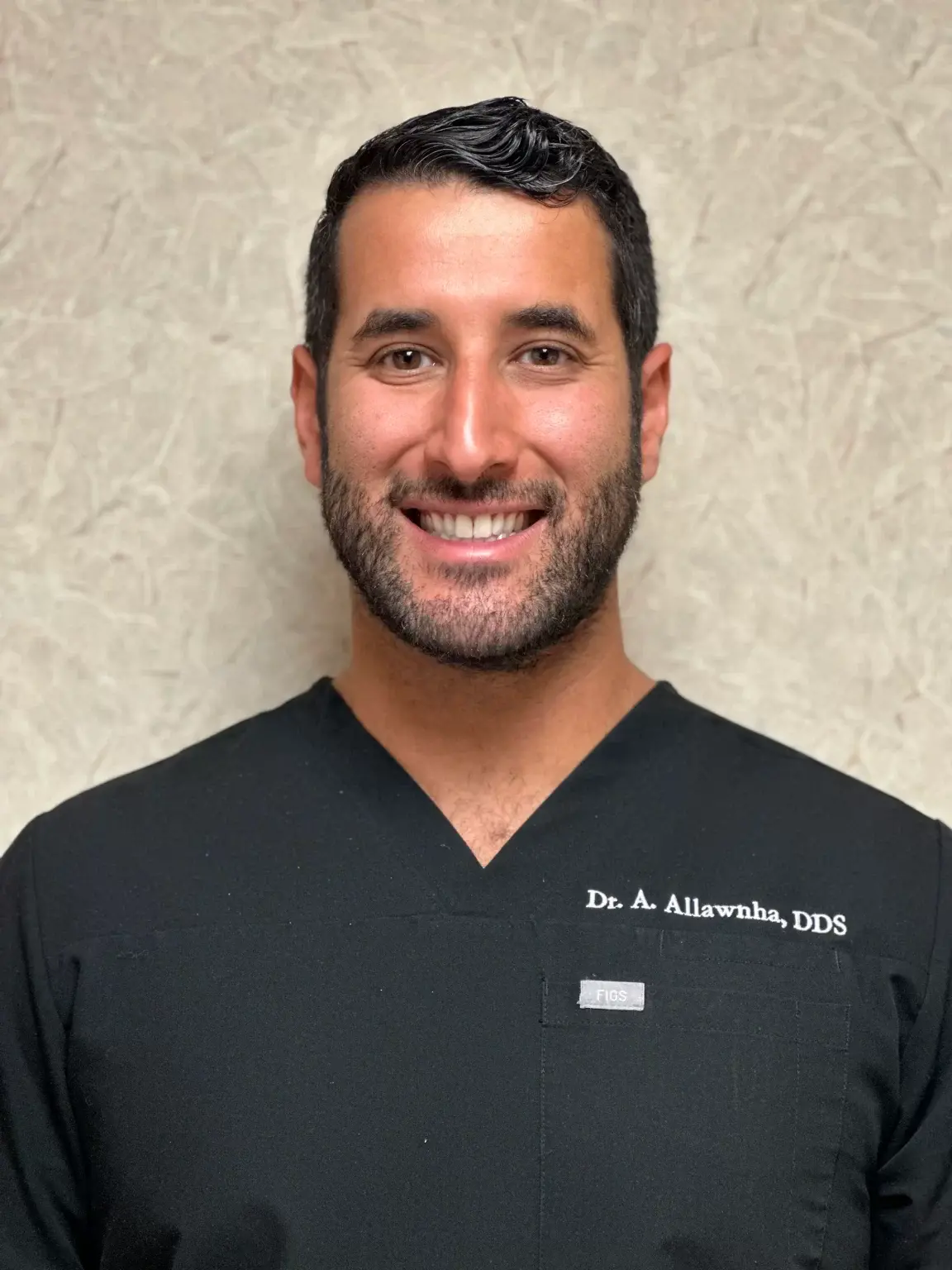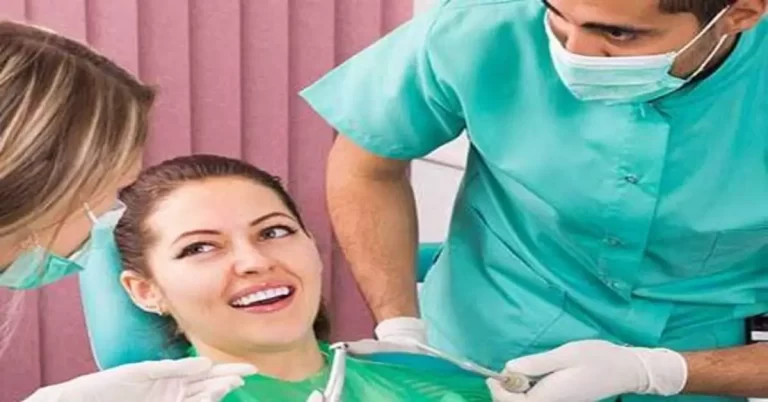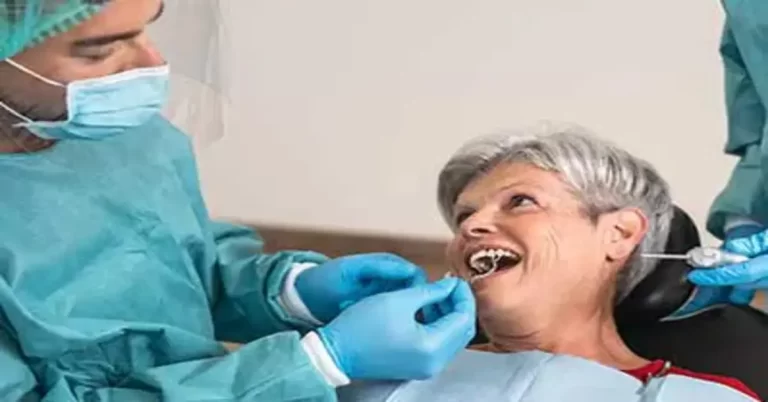Oral cancer is a serious health condition that can be potentially life-threatening if left untreated. However, with early detection and prompt treatment, patients can have a much better chance of successful recovery.
In this blog, we’ll guide you through the oral cancer screening process, covering risk factors, stages, and treatment options. We understand that navigating oral cancer can be overwhelming, so we’re here to provide you with the information you need to take control of your oral health. Armed with this knowledge, you can stay proactive in detecting oral cancer and ensure the best possible outcome.
Understanding Oral Cancer
Oral Cancer refers to the growth or infection that appears inside the mouth, including the lips, tongue, cheeks, floor of the mouth, and throat. It can affect anyone, regardless of age or gender, but it is more common in people over the age of 50.
The symptoms of oral cancer can vary from person to person, and they may include:
- Mouth or ear pains
- Mouth or lip sores that don’t heal
- Lump in the neck and cheek
- White or red patches in the mouth
- Swelling or thickening
- Sore throat
- Difficulty eating
These symptoms may also be caused by other health conditions. However, if you notice any of these symptoms and they persist for more than two weeks, it’s best to consult your dentist or healthcare provider.
Risk Factor of Oral Cancer
People who have a history of cancer in their family have a high risk of developing mouth cancer. But, there are other risk factors associated with the development of oral cancer. Understanding these factors can help individuals take preventative measures and appropriate treatment intervention.
The most common risk factors of oral cancer include:
- Tobacco Use – Smoking cigarettes, cigars, or pipes and using chewing tobacco or snuff are all linked to the development of oral cancer.
- Alcohol Consumption – Heavy drinking can increase the risk of oral cancer, particularly when combined with tobacco use.
- Sun Exposure – Prolonged exposure to the sun without protection can increase the risk of lip cancer.
- Age – Most cases of oral cancer occur in individuals over the age of 50.
- Gender – Men are more likely to develop oral cancer than women.
- Poor Oral Hygiene – Poor oral hygiene and lack of regular dental checkups can increase the risk of oral cancer.
- Weakened Immune System – A weakened immune system due to certain illnesses or medical treatments can increase the risk of oral cancer.
- Exposure to Certain Chemicals and Substances – Exposure to certain chemicals and substances in the workplace or environment can increase the risk of oral cancer.
- Human Papillomavirus (HPV) Infection – HPV infection, particularly with certain strains, is associated with an increased risk of oral cancer.
Having one or more of these risk factors does not necessarily mean that an individual will develop oral cancer. However, understanding these risk factors and taking preventive measures can help reduce the risk and increase the chances of early detection and successful treatment.
What Happens During an Oral Cancer Screening
Oral cancer screening is a process in which a dentist or medical professional examines a patient’s mouth, tongue, throat, and neck for signs of cancer or precancerous cells. During the screening, the dentist will ask questions about the patient’s medical history, lifestyle habits, and any symptoms they may be experiencing. They will then visually inspect the inside of the mouth for any abnormalities or irregularities.
If the dentist finds anything concerning during the screening, they may recommend further tests or procedures to confirm or rule out a cancer diagnosis. These tests may include:
1. Follow-up Visits
Regular follow-up visits are important for patients who have been diagnosed with oral cancer or are at risk of developing it. These visits help monitor the growth of any abnormalities in the mouth and ensure early detection of any cancer recurrence.
2. Biopsy Procedure
A biopsy is a diagnostic test where a small sample of tissue is removed from the affected area and analyzed for the presence of cancer cells. It is a crucial step in confirming the diagnosis of oral cancer and determining the best course of treatment.
3. Endoscopy
During an endoscopy, a thin, flexible tube with a camera is inserted into the mouth and throat to examine the inside of the upper digestive system. This procedure is used to detect abnormalities in the throat, esophagus, and stomach.
4. X-ray
X-rays use radiation to produce images of the internal structures of the mouth and neck. They are used to detect abnormalities in the bones, teeth, and tissues of the oral cavity.
5. Ultrasound
High-frequency sound waves are used to produce images of the internal structures of the body in ultrasound, a diagnostic imaging test. The test looks for signs of cancer in the lymph nodes, which are small bean-shaped structures that help fight infection.
6. MRI
Magnetic Resonance Imaging (MRI) uses a magnetic field and radio waves to produce detailed images of the soft tissues of the body. It is used to measure the size of the tumor and assess whether it has spread to nearby tissues.
7. CT Scan
Computed Tomography (CT) Scan is an imaging test that uses X-rays and computer technology to produce detailed images of the body. It determines the location and size of the tumor and assesses whether it can be easily removed through surgery.
8. Barium Swallow
To examine the oropharynx and test the patient’s ability to swallow, a diagnostic test is performed where the patient swallows a liquid containing barium, which shows up on X-rays. This procedure is called a barium swallow.
9. HPV Testing
Identifying the cause of the cancer and determining the appropriate treatment is essential in HPV testing. This test is used to determine whether a patient has contracted the Human Papillomavirus, which can cause oropharyngeal cancers.
How can you prepare for a screening procedure?
An oral cancer screening is a simple and painless procedure that can be done during a routine dental exam. Since it does not require any special preparation, there are no strict guidelines that patients need to follow before the screening.
However, it is recommended that patients maintain good oral hygiene by brushing and flossing their teeth before their appointment. This helps to ensure that the dentist or healthcare provider can get a clear view of the oral cavity during the exam.
Patients should also inform their dentist or healthcare provider about any concerns they have regarding their oral health or any symptoms they may have experienced. By communicating with their dentist, patients can ensure that they receive the best possible care during their screening.
Oral Cancer Stages
Oral cancer can be classified into several stages and types depending on where it has formed, how far it has spread, and what type of cell it originated in—and regular screening can help in identifying them.
Generally, oral cancer stages range from 0 to IV, stage 0 being the earliest and stage IV being the most advanced. It can also be categorized into different oral cancer types, such as:
- Squamous Cell Carcinoma, which starts in the flat cells that line your mouth, lips, tongue, throat, and other parts of your head or neck. Oral throat cancer is one of the most common squamous cancers.
- Adenocarcinoma, which starts deep in your salivary glands;
- Sarcoma that starts in your tongue or soft tissue;
- Verrucas Carcinoma that usually appears on the gums;
- Lymphoma which starts in immune system cells; and
- Melanoma that is most commonly found on the lips.
Treatment for Oral Cancer
The treatment of oral cancer depends on several factors, such as the location, stage, overall health, and preferences of the patient. Depending on the given oral cancer prognosis, patients may require multiple treatment options or just one. It is best to discuss treatment options with a doctor or oral cancer specialist. Commonly, specialists may recommend:
- Surgery – Surgery may be necessary to remove the tumor and surrounding tissue to ensure all cancer cells are eliminated. Different types of surgeries may be performed, including tumor removal, neck dissection, and reconstructive surgery.
- Chemotherapy – Depending on the severity of the cancer, dentist may recommend chemotherapy to completely kill and remove the cancer cells. This procedure is often performed with radiation therapy.
- Radiation Therapy – With radiation therapy, high-energy x-rays are used to kill cancer cells. It’s effective in shrinking tumors, reducing symptoms like pain or difficulty swallowing, and in some cases, curing cancer completely.
- Immunotherapy – Oral cancer patients that cannot be treated by standard dental procedures are recommended to undergo immunotherapy. As the name suggests, this operation uses the body’s immune system to build resistance and directly attack the cancer cells.
- Targeted Drug Therapy – Targeted drug therapy works by attacking only the cancer cells, leaving the healthy cells alone. This type of treatment is often used in combination with radiation therapy to help enhance its effectiveness.
Key Highlights
Early detection is key when it comes to oral cancer, and screenings can help you find possible areas of concern before they become more serious. Although it may seem intimidating, it is an important part of good oral health, and it’s important to know what to expect during the process. Discussing all available options with your dentist is your best approach for making an informed decision for your dental health.
Stay on top of your oral health with Century Dental!
At Century Dental, we specialize in comprehensive oral examinations, with each screening focusing on general dental health, oral cancer, and any other potential issues. To ensure the best possible results, our dentist in South Pasadena, FL, uses the latest technologies and methods to detect and address any dental health concern. Contact us today and start taking steps to maintain optimum oral health.

